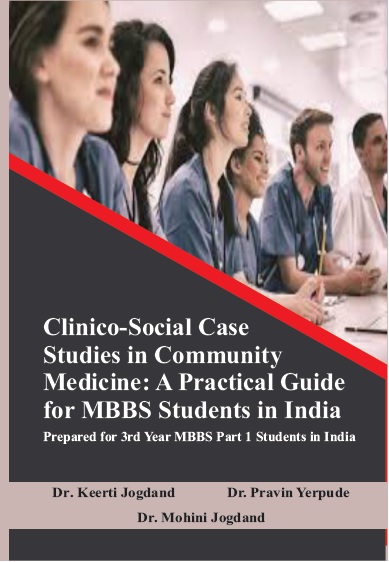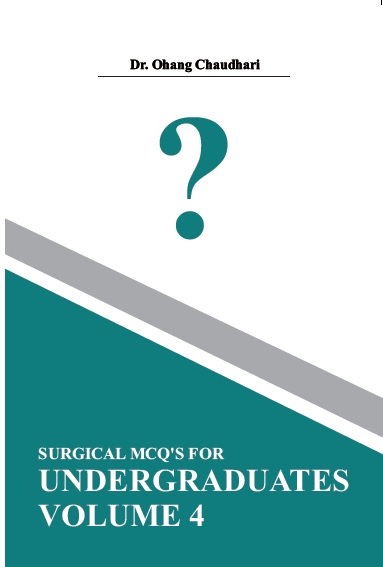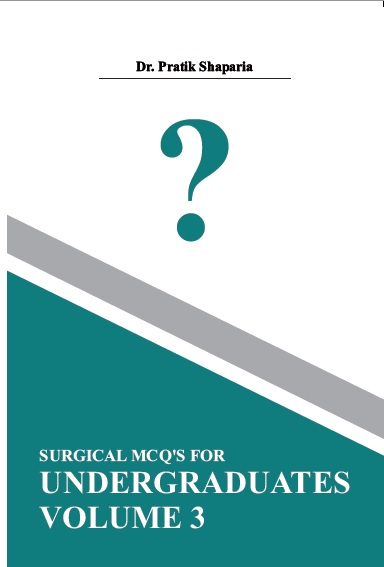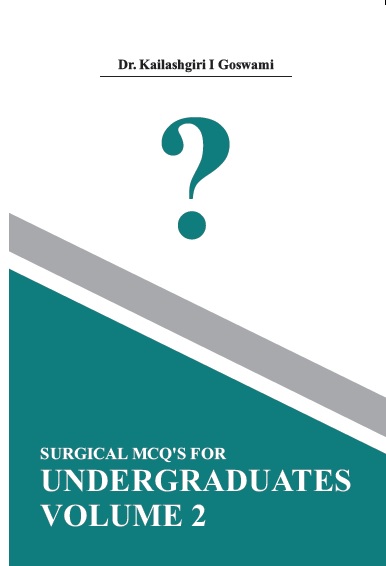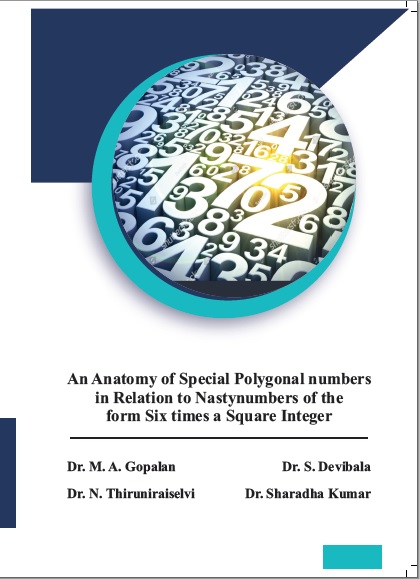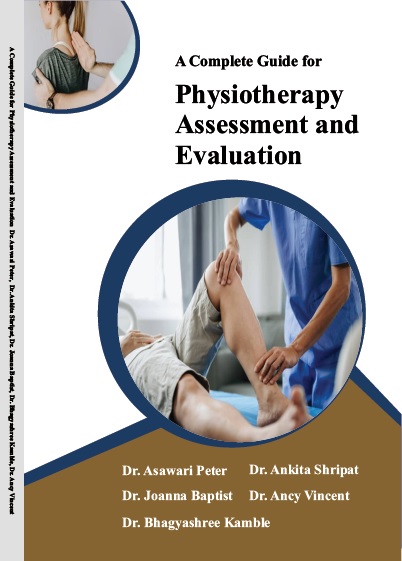Medical Science
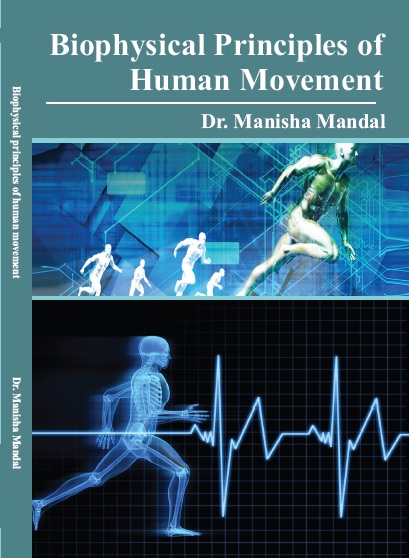
Biophysical Principles Of Human Movement
by Dr. Manisha Mandal
ISBN Number : 978 - 1- 73042 - 309 - 3
Authors Details
| Author Name | Image | About Author |
|---|---|---|
| Dr. Manisha Mandal |  |
Assistant Professor, in the Department of Physiology, MGM Medical College &
LSK Hospital, Kishanganj, Bihar, and former Assistant Professor, in the Department of Physiology,
KPC Medical College & Hospital, Kolkata, West Bengal. Ph. D from Calcutta School of Tropical
Medicine (Jadavpur University) on bioremediation of organophosphates with involvement in molecular
epidemiology of typhoid fever; Post Ph.D. from Calcutta School of Tropical Medicine on serodiagnosis
of leptospirosis.
Published more than 50 research papers in different international and national scientific journals.
Current research interest is in the area of biomedical instrumentation, measurement of human
movement, microbial physiology of antibiotic inactivation and pesticide biodegradation. Teaching
interest is in Physiology including Biophysics, Biomechanics, Kinesiology, Physics and its application
to Physical Medicine. |
Book Description
Human movement is a complex phenomenon with many perspectives to define its key elements owing to the complex architecture of human body. Biophysical Principles of Human Movement is an introductory textbook that primarily focuses on biophysical elements of human movement with thrust on basic physics of movement, force-generating musculatures, the mechanical and physiological interactions of the musculoskeletal system of the body in order to have greater comprehension of functional optimization of each body region, to gain an in-depth understanding of the integrated joint function in various physical activities, relationship between the quality of movement and overall human health, and in overcoming physical disabilities. Concepts of classical physics and its restatement and discussion in the context of the functional movement of the human body in the present book will help clarify the fundamental characteristics governing body's response to active and passive stresses on bodily segments and help understand both human function and dysfunction. The book is an essential resource for undergraduates and postgraduate students as well as researchers interested to attain a thorough understanding of human movement in normal pattern and in deviations, in kinesiology, biophysics, biomechanics, bioengineering, physical education, physical therapy, medical and health care professions involved in the diagnosis and treatment of movement disorders. The present book is organized into thirteen chapters. Each chapter begins with an abstract to provide a brief description of the chapter and keywords to highlight the sequential arrangement of content. Chapter 1 and 2 deals with physical principles of human movement namely, the kinematics and kinetics of human motion respectively; Chapter 3 includes movement patterns in daily life, exercise and sports; Chapter 4 involves the kinematics and kinetics of three-dimensional human movement including activities like drinking task, skiing locomotion, basketball, football, and batting; Chapter 5 focus on the structure and function of skeletal muscles as the major biological transducer for the generation of movements, Chapter 6 explores the biophysical properties of skeletal muscle in terms of its isometric length-tension, force-velocity and force-time relationship; Chapter 7 is a discussion on the biophysical models of Hill-type and Cross-bridge for characterization of the function of skeletal muscle; Chapter 8 deals with the components of the nervous system required to generate the full repertoire of human movements; Chapter 9 present the structure and function of human joint connective tissues vital for the movement and stability of the joints of the body; Chapter 10 presents the biophysical properties of the human joint connective tissues including stress, strain, elasticity, deformation, viscoelasticity, creep, and hysteresis; Chapter 11 explores the factors effecting joint function including disease, injury, aging, exercise, immobilization, and overuse; Chapter 12 focusses on the mechanism of postural balance, the contribution of different parts, joints, and muscles in the maintenance of equilibrium, analysis of standing, and sitting posture and the common postural disorders; Chapter 13 contains discussion on current state of knowledge related to mobility-impaired or mobility reducing disorders such as osteoarthritis, obesity, stroke, chronic pulmonary disease, multiple sclerosis and Parkinson's disease. The unique features of the book are the straightforward approach to the basic principles, and applications of biophysics in human movement besides providing complete, concise reference, integrating coverage of structure, function, and biophysics iii of movement, to enhance overall understanding of human performance, along with updated references with the most current and essential classic literature for in depth studies. Several features of biofluid mechanics including circulatory dynamics has been included in Chapter 2. The optimal feedback theory has been incorporated in the neural control of movement. Another important feature of the book is an exploration of several aspects of the central pattern generator of rhythmic movement including the containing motor infrastructure, underlying mechanisms behind the production and selection of appropriate central pattern generator, the modulation as well as coordination of motor pattern generators. Any valuable opinion, remarks and propositions from the teachers and students will be appreciated in order to incorporate the suggestions in subsequent editions of the present book.






